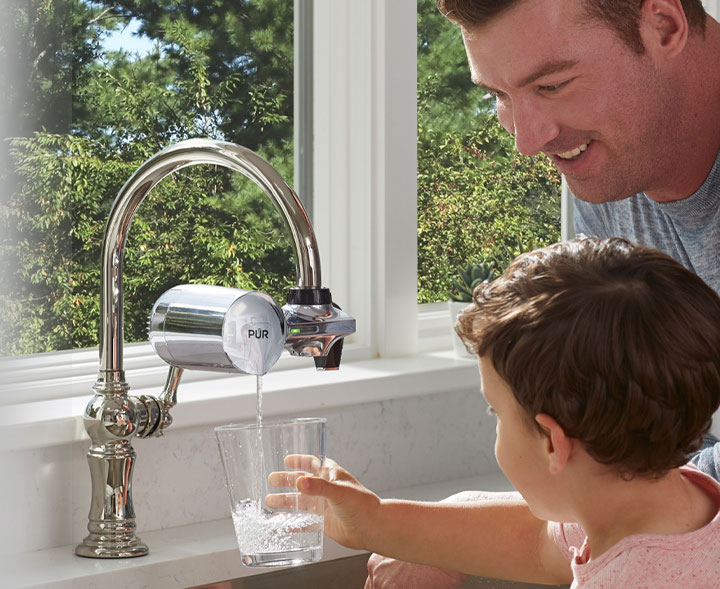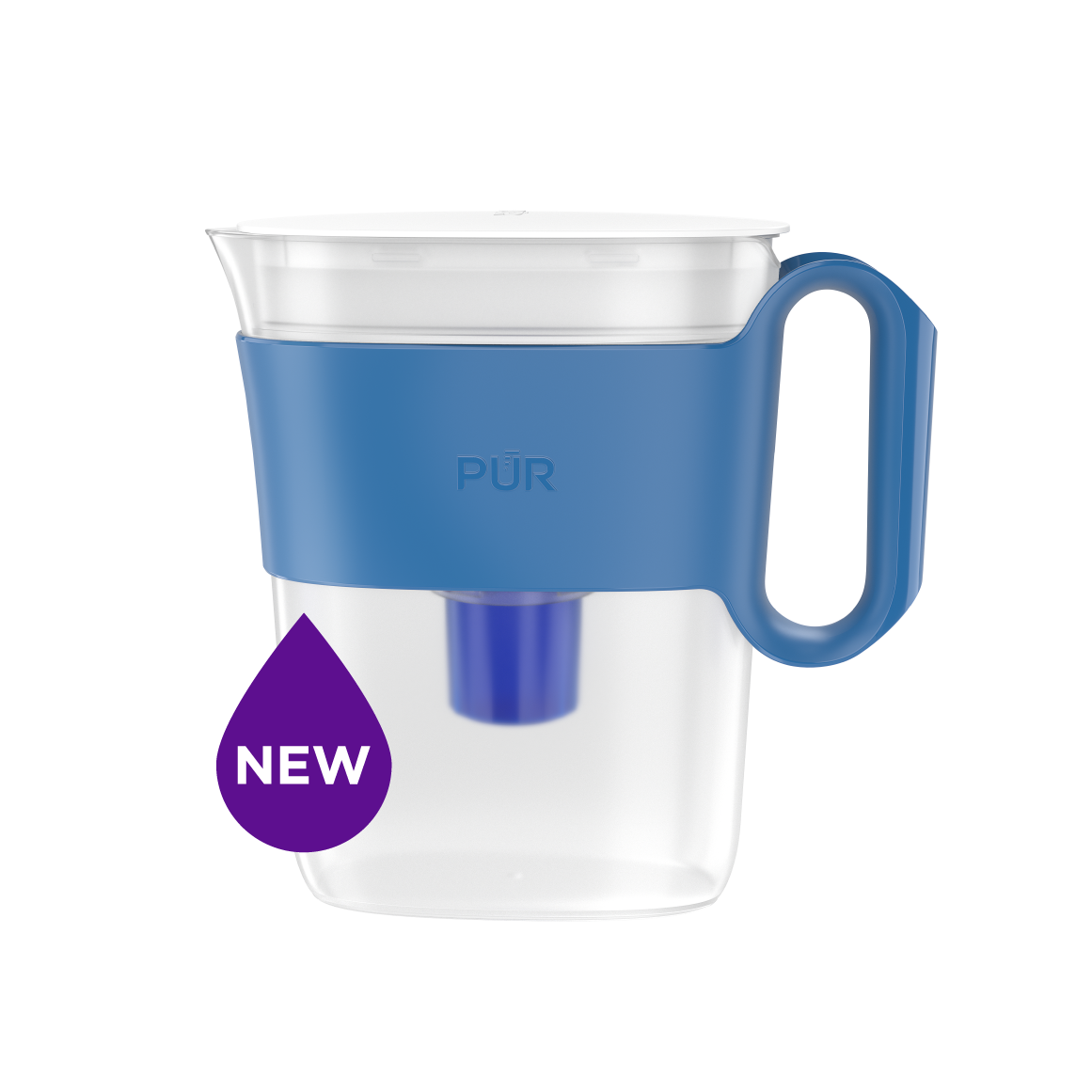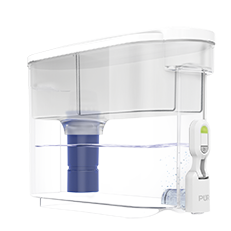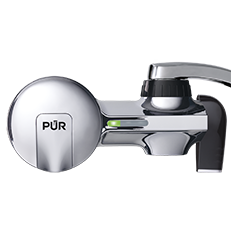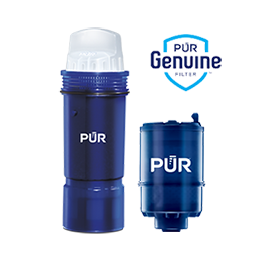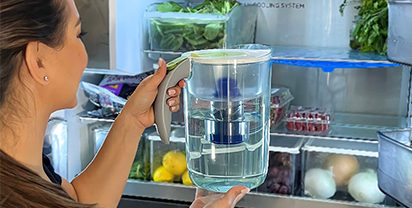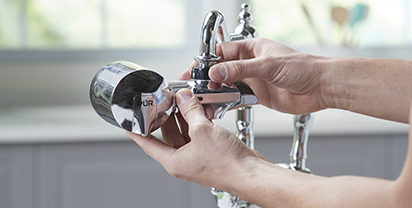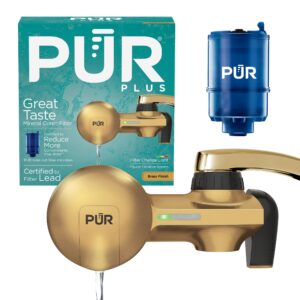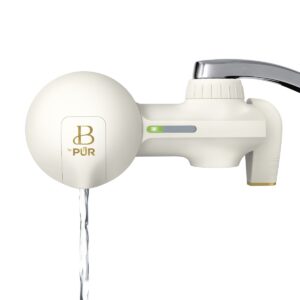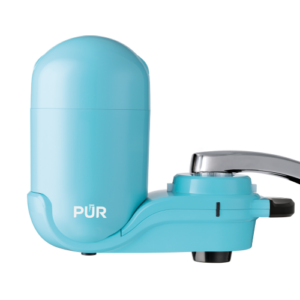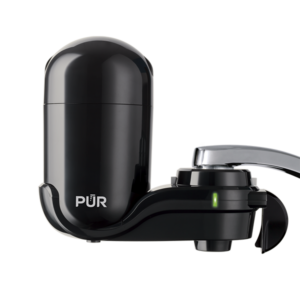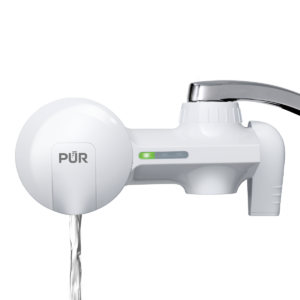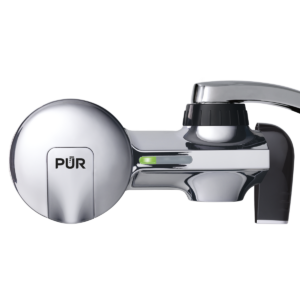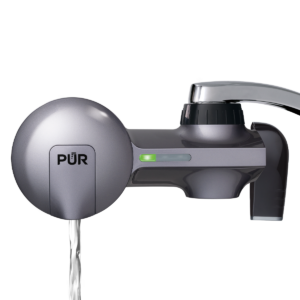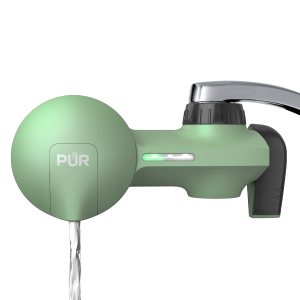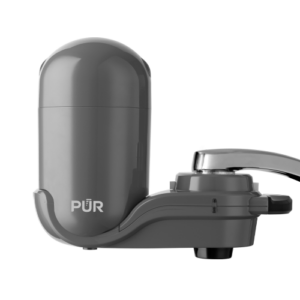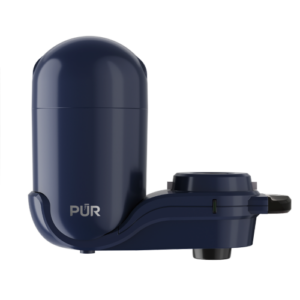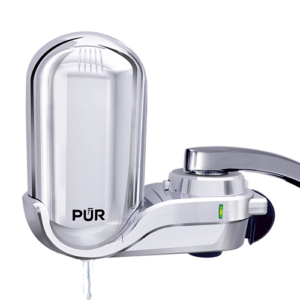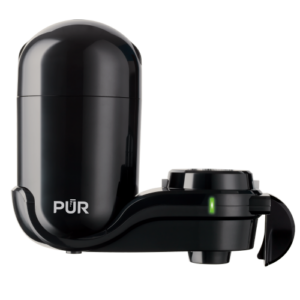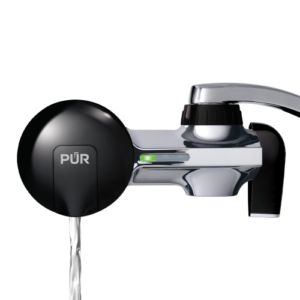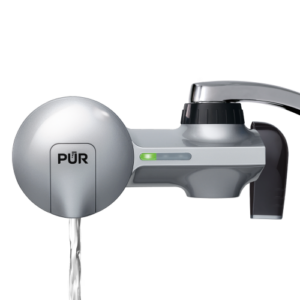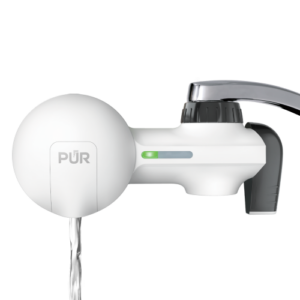Faucet Systems
Search By
Choosing the Right Faucet Filtration System
Select the Right Faucet Filtration System for You
PUR Faucet Filters are certified to reduce 70 chemical and physical contaminants including lead.
PUR vs PUR PLUS
PUR filters have an activated carbon and ion exchange that reduces heavy metals like lead and other chemical and physical contaminants.
PUR PLUS filters have the same filtration, and also have an additional exclusive Mineral Core™ for a crisp refreshing taste.
Easy Attachment
Easy, tool-free installation, compatible with most faucets. Most systems will fit onto your faucet right out of the box. If it doesn’t fit try one of the 3 enclosed adapters.
